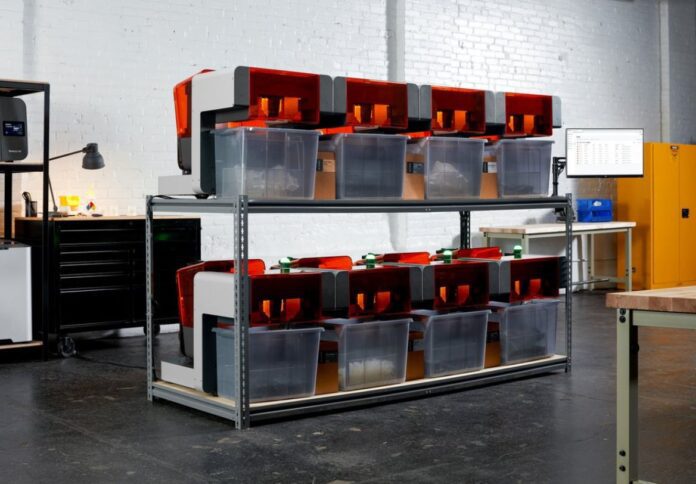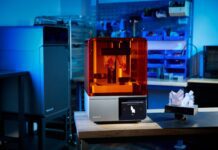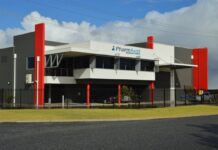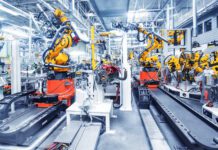
Global 3D printing giant Formlabs has rolled out the Automation Ecosystem that would unlock new levels of 3D printing productivity.
The Automation Ecosystem, which is slated to debut at CES 2023, is designed to reduce the among of operator labour and minimises idle printer time with 24/7 printing so users can efficiently produce end-use parts, prototypes, and customisable products at a lower cost-per-part.
The ecosystem features Form Auto, which enables back-to-back throughput with automated 24/7 3D printing on automatic part removal.
Once parts are complete, Form Auto is designed to seamlessly remove finished parts from the Build Platform 2 using the patented Quick Release Technology, rapidly commencing the next print in the queue.
“The Formlabs Automation Ecosystem is a seamless solution for ramping up production with 3D printer fleets, staying true to the ease of use of all Formlabs products, so anyone can make anything,” said David Lakatos, chief product officer at Formlabs.
The Automation Ecosystem is also equipped with Fleet Control, which simplifies advanced 3D printer fleet management, optimising workflows to maximise fleet productivity.
Fleet Control includes a suite of new features within Formlabs’ Dashboard and PreFrom software that includes centralised queue management and automatic printer assignment to optimise production, performance, and printer efficiency with Form 3+, Form 3B+, Form 3L, and Form 3BL printer fleets.
3D printing operators tapping into the ecosystem will also gain access to the High Volume Resin System, which is intended to increase resin capacity to 5L, five times the standard cartridge size.
This enables users to create more parts with fewer interruptions for cartridge replacements.
The system is aimed at streamlining workflows, with consistent resin dispensing with a Resin Pump, all while reducing downtime and user intervention.
“These solutions will enable companies such as dental labs, service bureaus, and internal job shops to ramp up production without increasing labour requirements, or expensive capital investment, making 3D printing for production more cost-effective,” Lakatos said.




















